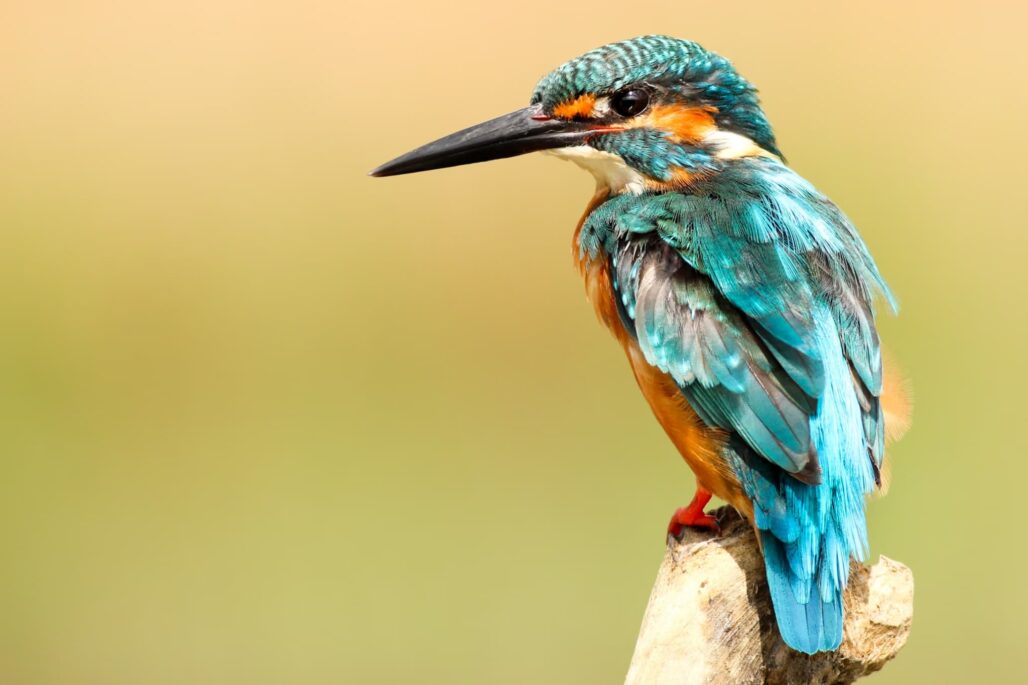Bird photography is both an art and a science. Capturing the beauty, movement, and personality of birds requires patience, technical knowledge, and an understanding of wildlife behaviour. Unlike landscape or portrait photography, bird photography presents unique challenges—fast-moving subjects, unpredictable behaviour, and varying lighting conditions. However, with the right approach, you can take breathtaking bird photographs that rival those of professional wildlife photographers. In this guide, we will explore essential techniques to improve your bird photography skills and help you capture stunning shots in the wild.
Choosing the Right Equipment for Bird Photography
While it is possible to photograph birds with almost any camera, having the right equipment can significantly enhance the quality of your shots. A DSLR or mirrorless camera with a fast autofocus system is ideal for capturing sharp images of birds in motion. Telephoto lenses of at least 300mm allow photographers to take detailed shots from a distance without disturbing the birds. A stable tripod or monopod provides support when shooting with heavy lenses, helping to reduce motion blur. Carrying extra batteries and high-speed memory cards is essential, as bird photography often requires long hours in the field.
Understanding Bird Behaviour for Better Shots
Knowing your subject is just as important as having the right equipment. Birds are highly active and often follow specific behavioural patterns that can help you anticipate and capture unique moments. Studying their feeding habits, preferred habitats, and peak activity times will improve your chances of getting the perfect shot. Birds often return to the same perches or follow repetitive movements, allowing you to prepare your composition in advance. Remaining still and allowing birds to approach naturally increases your chances of capturing relaxed and authentic images. Ethical considerations should also be prioritised, ensuring minimal disturbance to their natural behaviour.
Mastering Camera Settings for Crisp and Clear Bird Photos
Bird photography demands precise camera settings to ensure sharpness, proper exposure, and well-balanced compositions. Using a fast shutter speed of at least 1/1000s helps freeze motion, particularly for birds in flight. A wide aperture (f/4–f/6.3) creates a shallow depth of field, allowing the bird to stand out against a blurred background. Adjusting ISO based on lighting conditions ensures optimal exposure, with lower ISO settings (100–400) preferred in bright conditions and higher ISO (800–3200) used in low-light environments. Continuous autofocus mode enables accurate tracking of moving subjects, preventing blurry shots.
Composing Stunning Bird Photographs

A well-composed image can make an ordinary bird photo extraordinary. Using the rule of thirds helps create a balanced composition by placing the bird slightly off-centre. Background selection plays a crucial role in drawing attention to the subject—choosing an uncluttered backdrop enhances the focus on the bird. Capturing sharp eye detail brings life to the photograph, making it more engaging. Natural framing, such as branches or reflections, adds depth and context to the image.
Essential Techniques for Effective Bird Photography:
- Use a telephoto lens to maintain distance without disturbing birds.
- Set a fast shutter speed to freeze motion and capture sharp images.
- Learn bird behaviour to anticipate movements and compose better shots.
- Position yourself for the best background and natural lighting.
- Practise patience—sometimes the best shots come from waiting quietly.
Ethical Considerations in Bird Photography
Respecting wildlife is fundamental to ethical bird photography. Maintaining a safe distance prevents unnecessary stress on birds, allowing them to behave naturally. Avoiding disruption during nesting seasons ensures their well-being, as disturbing nests can lead to abandonment. Using recorded bird calls sparingly prevents interference with natural communication. When visiting protected areas, following designated paths and conservation guidelines helps preserve fragile ecosystems. Ethical photography ensures that both the photographer and the wildlife benefit from the experience without harm.
Conclusion
Mastering bird photography requires a combination of technical expertise, field knowledge, and a deep appreciation for wildlife. By investing in the right equipment, understanding bird behaviour, optimising camera settings, and following ethical guidelines, you can capture breathtaking images of birds in their natural habitat. Bird photography is a rewarding experience that not only enhances photographic skills but also fosters a greater connection with nature. With patience, practice, and persistence, you can elevate your bird photography and create truly stunning wildlife shots.
